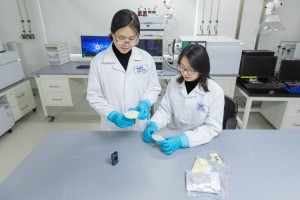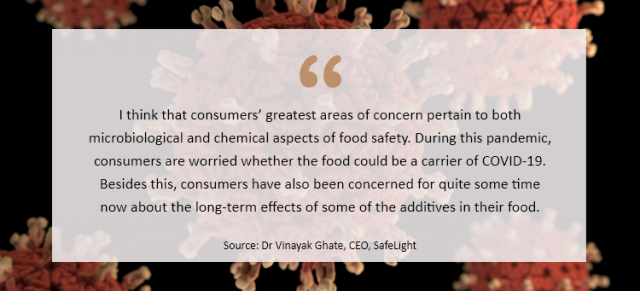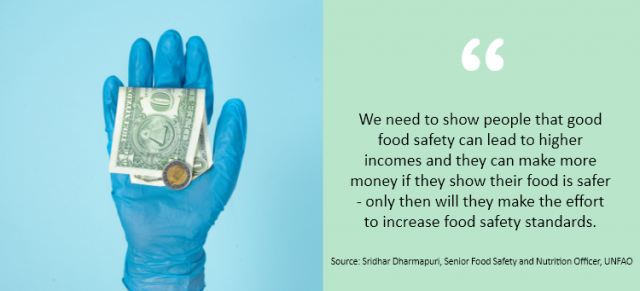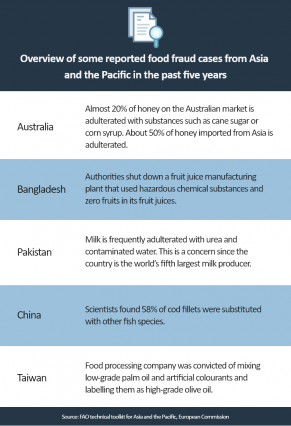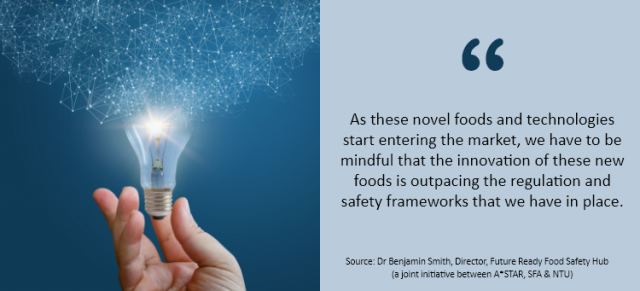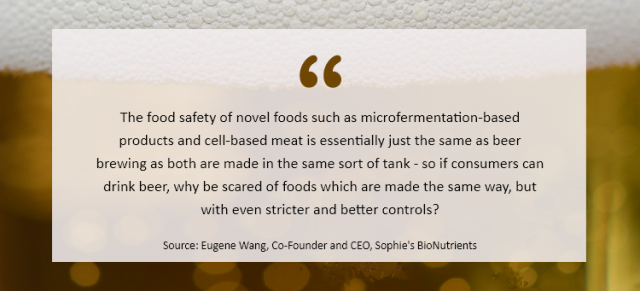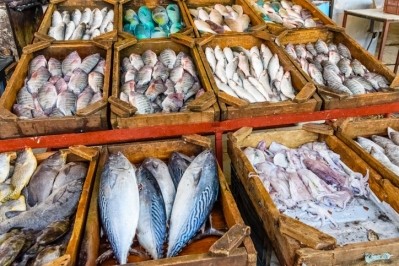FNA DEEP DIVE: FOOD SAFETY
Post-pandemic food safety: Mars, UN and Singapore government-backed body on strategies for success
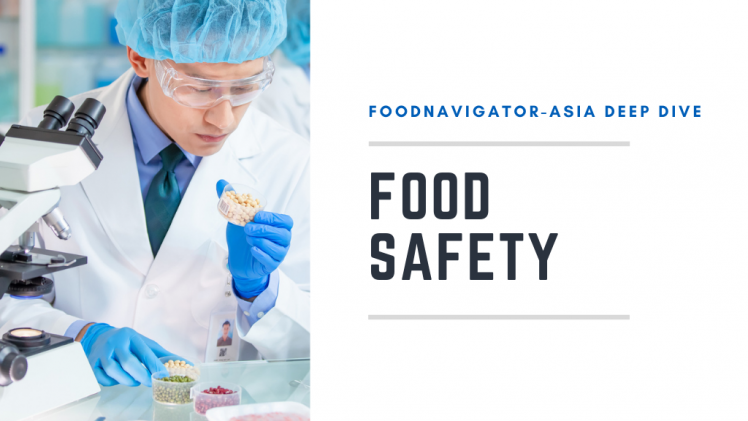
This is why in this edition of the FNA Deep Dive, we take a closer look at the food safety sector in the Asia Pacific region, with input from some of the biggest names and most prominent leaders in the sector from global confectionary giant Mars to the United Nations’ Food and Agriculture Organisation (UNFAO).
According to data provided to us by the Mars Global Food Safety Center (GFSC) which is located in China, the results of a survey on over 1,750 respondents showed that over 52% of consumers feel that food safety is a Top Three global issue, and 77% believe it is a Top 10 global issue, highlighting that food safety is an issue consumers are taking very seriously today.
“[Based on the results of a survey we did in 2020 after COVID-19 hit], we found that consumers are thinking about food safety and security just as much as climate change or pollution, which is very significant as these are all really huge topics,” Mars GFSC Director Dr Guangtao Zhang told FoodNavigator-Asia.
“COVID-19 has exacerbated food insecurity as well, and respondents [were very concerned about this] – 73% believe the novel coronavirus will impact the viability of the global supply chain and 71% believe it will have impact on global access to food.”
“Mars is aware that global food safety challenges are increasing with existing and emerging threats, exacerbated by climate changes, a growing population, changes in agricultural practices and an increasingly global supply chain – it’s why we opened the Mars GFSC, [hoping[ to tackle the most significant food safety challenges facing the planet today."
The centre is currently focusing on three main food safety areas, which are mycotoxin risk management, specifically contaminations related to aflatoxins which are estimated to play a part in 28% of liver cancers globally; microbial risk management to improve the handling of microbial contaminations; and food integrity, which involves food adulteration or food fraud.
“These are the areas which we believe can make the most impact, so we are focusing our research on these three areas first,” said Dr Zhang.
“But looking forward, the future of food safety both globally and in APAC will definitely be heavily impacted by technological advances – I believe that three of the most major advancements will come in the areas of genomics (the study of all of a person’s genes), unlocking big data, and advances in handheld devices.”
Watch the video below for more of Dr Zhang’s insights:
Food safety innovations in APAC
Dr Zhang is not alone in believing that technological advancements are the way forward for food safety - Felix Cheung, founder and CEO of Hong Kong’s IXON Food Technology believes that many foodborne disease outbreaks occur due to poor hygiene practices and food mishandling, and his solution has been to develop an advanced sous-vide aseptic packaging (ASAP) which can store fresh meat, fish and seafood at room temperature for up to two years.
“With the onset of the pandemic, people are questioning the microbiological safety of the food they consume, especially meat, seafood and ready-to-eat, this applies to not just viruses, but bacteria, parasites, fungi and moulds,” he said.
“ASAP is a combination of a sterilisation and packaging solution, which sterilises food at a gentle 60 to 80°C to kill any microbes before aseptically packaging the food in extra virgin olive oil – [this will not only help maintain food safety] but also flavour and texture as no high heat is used like canned or retort processes.”
Singapore-based SafeLight has also developed a form of LED illumination technology to inactivate mould on tomatoes and strawberries by inhibiting mould reproduction and eventually killing fungal cells to give a significant anti-fungal effect.
“I think that consumers’ greatest areas of concern pertain to both microbiological and chemical aspects of food safety. During this pandemic, consumers are worried whether food could be a carrier of COVID-19,” Dr Vinayak Ghate, Research Fellow at NUS and CEO at SafeLight told us.
“So for countries that rely heavily on imports, ensuring traceability and visibility in the supply chain have become important for ensuring food safety.”
Food safety has also become a target of development for the artificial intelligence (AI) sector, such as with Australia’s GoMicro which has used deep tech AI to create a quality control tool designed to grade fruits and vegetables, as well as analyse for pest and diseases and assess freshness in seafood.
It consists of a camera (magnifier) that can be attached to any smartphone and is connected to a mobile application, users snap photos of the product and the grading, ripeness and freshness results will be generated on the app.
The tool can also accurately detect fall armyworm, an invasive pest, with a 90% accuracy and is currently being tested in Kenya. It has an 80% accuracy for grading tomatoes, and more than 80% accuracy for checking tuna freshness.
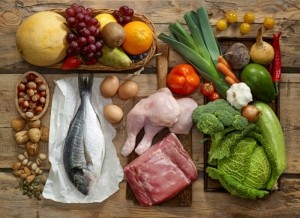
GoMicro CEO Dr Sivam Krish hopes to apply the technology to buyers and sellers in a bid to reduce food waste, a trillion dollar market.
“Food safety needs to be applied all along the chain. Currently, it is implemented too close to consumption and too loosely as spoilage is gradual and difficult to measure,” he said.
Also developing technology along this line of thought are Chinese agriculture e-commerce platform Pinduoduo and the Singapore Institute of Food and Biotechnology Innovation (SIFBI), which are researching a cost-effective method to test for pesticide residue in fresh produce.
Fresh produce are typically consumed with the skin on unlike grains which are husked, which means consumers have higher exposure to pesticide residue when consuming this - Studies have shown the presence of pesticide on fresh produce is higher in China compared to markets in the US or EU, possibly be due to farmers not being well-trained pesticides use.
Currently, the gold standard for testing pesticide residue is liquid chromatography-mass spectrometry which is accurate, but also expensive and time consuming, taking between two to three days to run a test. Pinduoduo and SIFBI hope to improve on this both in terms of time and cost.
The project is expected to complete in 2022 and hopes to target farmers to retailers.
Food safety in less-developed countries
However, many countries in Asia are still at the developing stage and face various infrastructural challenges that enhance risk in the food supply chain – so even as technologies develop in the rest of the region, it could be hard for the benefits to reach these markets if not handled properly.
In dealing with this, UNFAO Senior Food Safety and Nutrition Officer Sridhar Dharmapuri emphasised that bringing both the technology as well as food safety practices to local food producers in a manner they can fully understand it is of the utmost importance.
“In economies like ASEAN where there are so many SMEs and MSMEs, a lot more support needs to be provided for these companies – there is no use giving them impossible high international standards and expecting them to just adhere if they don’t understand these,” he told FoodNavigator-Asia.
“What they need are guides like Codes of Practices telling them what to do in small steps, e.g. a bakery company can be given step-by-step guides on how to handle flour, wash their hands properly, use hair nets, maintain correct temperatures in the factory, etc.
“These food safety guides can be translated into the local language, just a sheet on the wall – and if smaller businesses can also be shown the value of food safety, i.e. how keeping food safer means getting more customers buying your products and earning higher incomes, then it will be even easier to get them to focus on it.”
Dharmapuri also stressed that in such economies where agricultural production is also a big part of the food system, solely focusing on newfangled technologies is likely not enough.
“We know that consumers today demand things like sustainability, traceability, blockchain and all that – but when it comes down to it, the actual implementation will still need to look to older technologies such as ecological and farming techniques to fulfil these demands, so more focus is needed here to improve the safety aspect for these,” he said.
“There also needs to be a better measure of food safety so we have more uniform data – right now there is no single measure, and situations are really diverse between countries, and everyone has different ways and rates of collecting information.
“The ASEAN region especially is also in need of more harmonised food safety standards and regulations, which we believe need be based on CODEX standards if the region hopes to [boost its reputation in terms of food safety].”
Food fraud and adulteration is also an area of particular concern across the APAC region, threatening not only consumer safety but also the reputation of the local food industry which could in turn have an impact on the economy.
Food safety in novel foods
With the rise of novel foods made from a range of different processes and sources such as cellular technology, microbial fermentation, insect-based protein and some plant-based proteins, concerns over the food safety of these have also risen in parallel.
According to Director of Singapore’s government-linked Future Ready Food Safety Hub (FRESH) Dr Benjamin Smith, care still needs to be taken when assessing the food safety of such new products.
“As these novel foods and technologies start entering the market, we have to be mindful that the innovation of these new foods is outpacing the regulation and safety frameworks that we have in place,” he told us.
FRESH is a tripartite organisation which was established in April this year as a joint initiative between Nanyang Technological University (NTU), Singapore Food Agency (SFA) and Agency for Science, Technology and Research (A*Star).
The SFA was the first government food safety agency in the world to approve a cell-based chicken ingredient by Eat Just to be sold as food in Singapore, but even so the agency has emphasised that food safety is still the key priority.
“Food safety is SFA’s principal consideration, hence the approval is contingent on the company’s food product being safe for consumption,” said SFA.
“[When making assessments we must] ensure that food products in Singapore are safe for consumption, novel or otherwise [so] food safety must be a principal consideration when companies develop food products.
“Companies are required to conduct and submit safety assessments of the protein to cover potential food safety risks, including toxicity, allergenicity, safety of its production method, and dietary exposure arising from consumption.
“They must also provide detailed information on the materials used in their manufacturing processes and how these processes are controlled to prevent food safety risks. SFA will review these safety assessments to ascertain that potential food safety issues have been addressed.”
Many in the alternative proteins industry believe that novel foods are in fact the way forward to greater food safety – case in point Sophie’s BioNutrients Co-Founder and CEO Eugene Wang.
“Foods made via microfermentation and cell-based technologies especially are grown in tanks, so not easily contaminated by the outside world compared to conventional agriculture,” he told FoodNavigator-Asia.
“A lot of food safety issues are caused by things such as chemicals in fertilisers and herbicides as well as antibiotics and growth hormones fed to livestock, which would not exist in these novel foods, making them safer.
“These foods are just as safe as beer made in a brewery, out of the same sort of fermentation tanks – so if people can drink beer, why are they scared of food products which are made the same way but controlled by even stricter and better food safety requirements?”
Using China’s ASF issue as an example, he highlighted how alternative proteins can appeal to consumers as being safer.
“After being hit by ASF, there would be two worries about the pork in China: it could be tainted, or it could be pumped full of chemicals and drugs to keep it safe and healthy from the disease,” he said.
“So this is a vicious cycle making the animals sicker and sicker as the whole system gets overreliant on chemicals, which I believe will make alternative proteins look safer and more attractive to consumers.”
Collaboration necessary
Across all countries in the region as well as all food sectors though, it was agreed that collaborations between public and private sectors are crucial if any real progress is to be made.
In the case of novel foods for example, Ghate stressed that frameworks to govern these need not only government design, but also input from various sectors such as has been seen in Singapore.
“In such economies where novel foods have gained acceptance, developing a framework for assuring the safety of these foods has become both a challenge and an opportunity,” he said.
“Frameworks for assessing the safety of novel foods can be developed by bringing together stakeholders such as the industry, academia, regulatory bodies and consumers and facilitating dialogue between them.”
This is the same for general food safety - FRESH for example is in and of itself a collaborative organisation, hoping to bring the various stakeholders together to talk about food safety in Singapore.
“We are looking at how we can bring all the stakeholders in the ecosystem together to contribute to ensuring food safety for Singapore and the region. Food safety involves everyone, we can't do this alone, and we shouldn't be doing it alone,” Smith said.
Zhang also concurred that the challenges are too great for any one organisation, saying that: “The open sharing of food safety knowledge across the food industry, combined with a collaborative approach to identifying risks and solutions to long-term food safety issues can help ensure safe food for all.”
